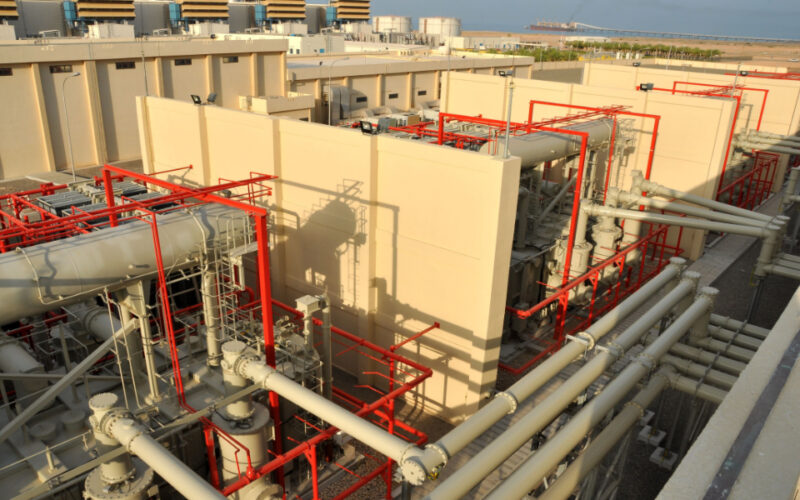The conventional approach to connecting reinforcement bars has predominantly relied on lap splicing, where two bars overlap for a specified length and are tied together. This method, while widely used, presents several inherent limitations. The required overlap length can be substantial, sometimes reaching up to 40 times the bar diameter, leading to congestion in heavily reinforced sections. The effectiveness of lap splices depends heavily on proper concrete consolidation around the splice region. These limitations become even more pronounced in seismic zones as the demands on structural connections increase significantly. The construction industry has long recognized these constraints, spurring the search for more reliable and efficient alternatives.
Mechanical splicing solutions
The introduction of mechanical splicing systems marked a significant advancement in rebar connection technology. These systems utilize designed components to create direct mechanical connections between reinforcement bars. They provide the strongest connection possible without requiring concrete confinement. Engineers now design connections that maintain structural continuity while reducing congestion in critical areas. This innovation particularly benefits projects with complex geometries or tight spacing requirements, where traditional lap splices would be impractical or impossible to implement effectively.
Advantages of structural design

From an engineering perspective, mechanical splicing systems offer superior performance characteristics compared to conventional methods. The direct transfer of forces through the mechanical connection ensures consistent load distribution and reduces stress concentrations. These systems typically achieve Type 2 splices according to building codes, meaning they develop 125% of the specified yield strength of the reinforcement. This enhanced capacity provides additional safety margins in critical structural elements. The predictable behaviour of mechanical splices simplifies structural analysis and design calculations, giving engineers greater confidence in their specifications.
Labor efficiency in modern construction
Construction schedules benefit significantly from the adoption of advanced splicing methods. Unlike lap splices that require careful measurement, positioning, and tying mechanical systems are installed quickly and with minimal preparation. This efficiency translates directly into reduced labour costs and accelerated project timelines. The ability to connect bars regardless of weather conditions also eliminates many delays associated with traditional splicing methods, particularly in regions with challenging climates where concrete placement might be restricted.
Applied to specialized construction
High-rise buildings, bridges, and other complex structures often present unique challenges for reinforcement continuity. In these scenarios, mechanical splicing systems prove invaluable by offering solutions for connecting bars in confined spaces or at critical junctions. Different sizes or types of bars are associated with these systems, accommodating design requirements that would otherwise be impossible. This adaptability has opened new possibilities in structural design and construction methodology.
Role of precast couplers
Precast couplers have emerged as a crucial component in contemporary construction practices, offering unprecedented precision and reliability in reinforcement connections. These specialized devices facilitate seamless integration between precast elements while ensuring structural continuity. The standardized nature of precast couplers enables quality control at the manufacturing facility, reducing on-site variables and potential errors. Their implementation has revolutionized the assembly of significant structural elements, where traditional connection methods would introduce complexity and uncertainty.
Integration with building information modeling (BIM)
The implementation of mechanical splicing systems aligns perfectly with modern digital construction practices. Building Information Modeling (BIM) accurately represents these connections, allowing for detailed coordination and clash detection during the design phase. This integration enables better planning of reinforcement layouts and splice locations, minimizing potential conflicts during construction. The ability to precisely model these connections facilitates accurate quantity takeoffs and cost estimations, contributing to more efficient project management and execution. This evolution benefits current construction practices and sets the stage for future structural engineering and building methodologies developments.

